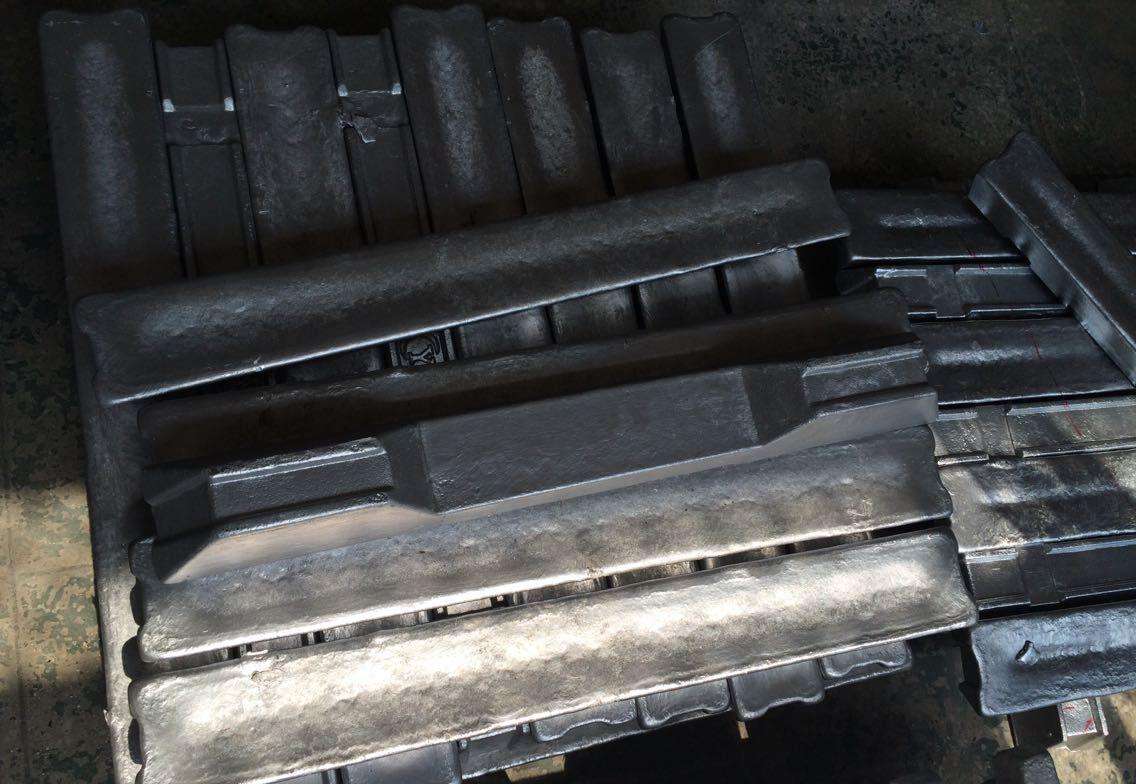
10 7月 Aluminum Casting
Aluminum Casting in China
The raw material in our daily industry is called aluminum ingot, which should be called “aluminum ingot for remelting” according to the national standard (GB/T 1196-2008), but everyone is used to “aluminum ingot”.
It is produced by electrolytic method using alumina-cryolite.
After aluminum ingots enter industrial applications, there are two major categories: cast aluminum alloys and deformed aluminum alloys.
Aluminum Casting and aluminum alloy are aluminum castings produced by casting methods.
Deformed aluminum and aluminum alloys are processed products that produce aluminum by pressure processing methods: plates, strips, foils, tubes, rods, shapes, wires, and forgings.
According to national standards, the aluminum ingots for remelting are divided into 8 grades according to chemical composition, namely Al99.90, Al99.85, Al99.70, Al99.60, Al99.50, Al99.00, Al99.7E, Al99. 6E” (Note: the number after Al is the aluminum content).
Some people call it “A00” aluminum, which is actually aluminum with 99.7% purity. It is called “standard aluminum” on the London market.
It uses pure aluminum and recycled aluminum as raw materials, and adds other elements according to international standards or special requirements, such as: silicon (Si), copper (Cu), magnesium (Mg), iron (Fe)…Improve the castability and chemical properties of pure aluminum And the lack of physical properties of the alloy.
Classification Overview
Aluminum ingots are divided into three types: aluminum ingots for remelting, high-purity aluminum ingots and aluminum alloy ingots according to different compositions; according to shape and size, they can be divided into bar ingots, round ingots, plate ingots, and T-shaped ingots.
Several common aluminum ingots
Aluminum ingot for remelting-15kg, 20kg (≤99.80% Al):
T-shaped aluminum ingot–500kg, 1000kg (≤99.80%Al):
High-purity aluminum ingots-l0kg, 15kg (99.90%~99.999%Al);
Aluminum alloy ingot–10kg, 15kg (Al–Si, Al–Cu, Al–Mg);
Plate ingot–500~1000kg (for plate making);
Round ingot–30~60kg (for drawing).

Of Course, during the aluminum casting, need to used many machines, such as degassing unit, CFF unit, ceramic foam filter, launder, the refining flux and so on.
The production of aluminum ingots is composed of bauxite mining, alumina production, aluminum electrolysis and other production links.
Bauxite is mined first, bauxite powder is produced through washing, grinding and other processes, and then alumina is obtained through four complex processes such as roasting. There are three main types of bauxite producing alumina: gibbsite, one Diaspore and boehmite monohydrate.
Of the proven global reserves of bauxite, 92% is weathered laterite-type bauxite, belonging to the gibbsite type, these bauxites are characterized by low silicon, high iron, high aluminum to silicon ratio, concentrated in Africa Western, Oceania and Central and South America.
The remaining 8% is sedimentary bauxite, which is of boehmite and diaspore type, with low and medium grades, mainly distributed in Greece, the former Yugoslavia and Hungary.
Due to the different characteristics of the three types of bauxite, alumina production enterprises have adopted different production processes, mainly including Bayer method, soda lime sintering method and Bayer-sintering combined method.
Generally, high-grade bauxite is produced by Bayer method, and low-grade bauxite is produced by combined method or sintering method.
Due to its simple process and low energy consumption, the Bayer method has become the most important method currently used in alumina production, and its output accounts for about 95% of the global alumina production.
Under the action of strong current, aluminum oxide electrolyzes aluminum metal. This process is called electrolytic aluminum.


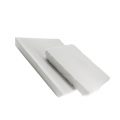
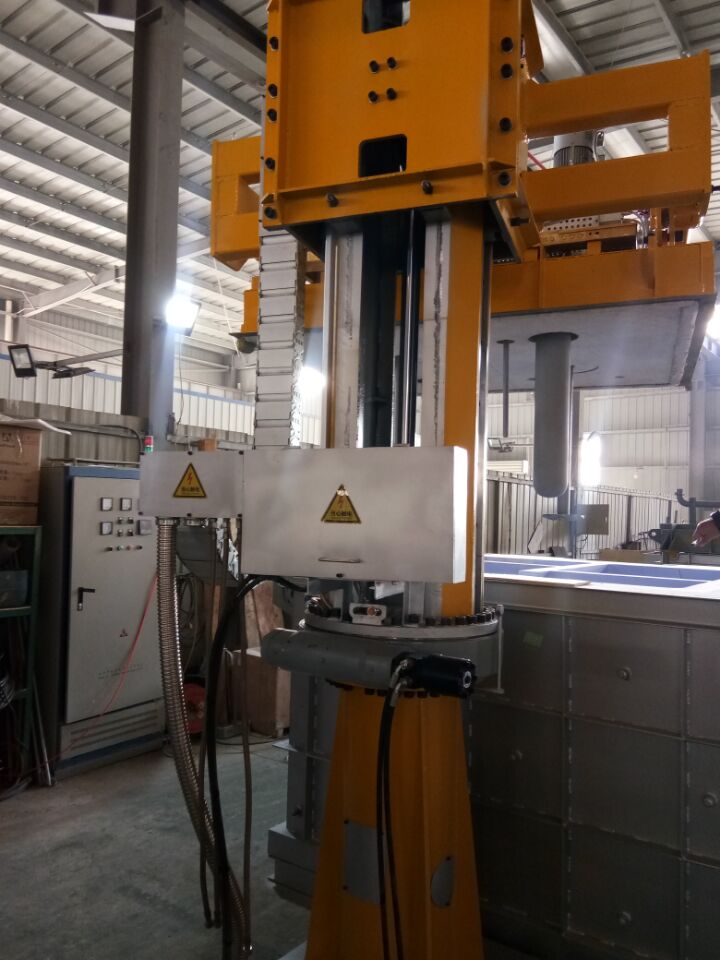
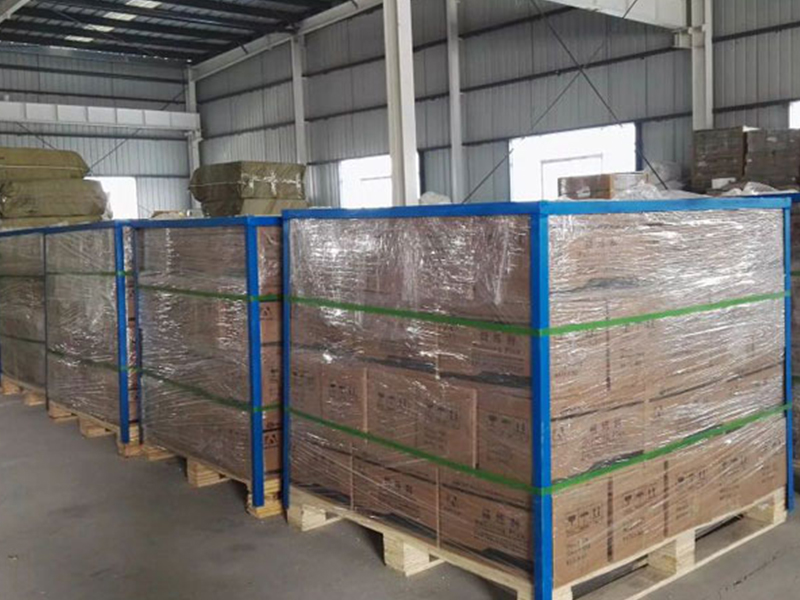
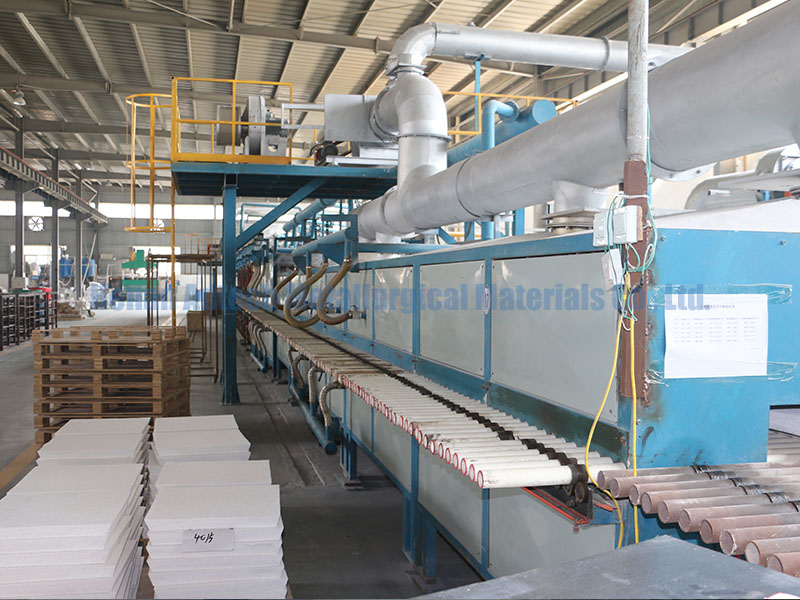
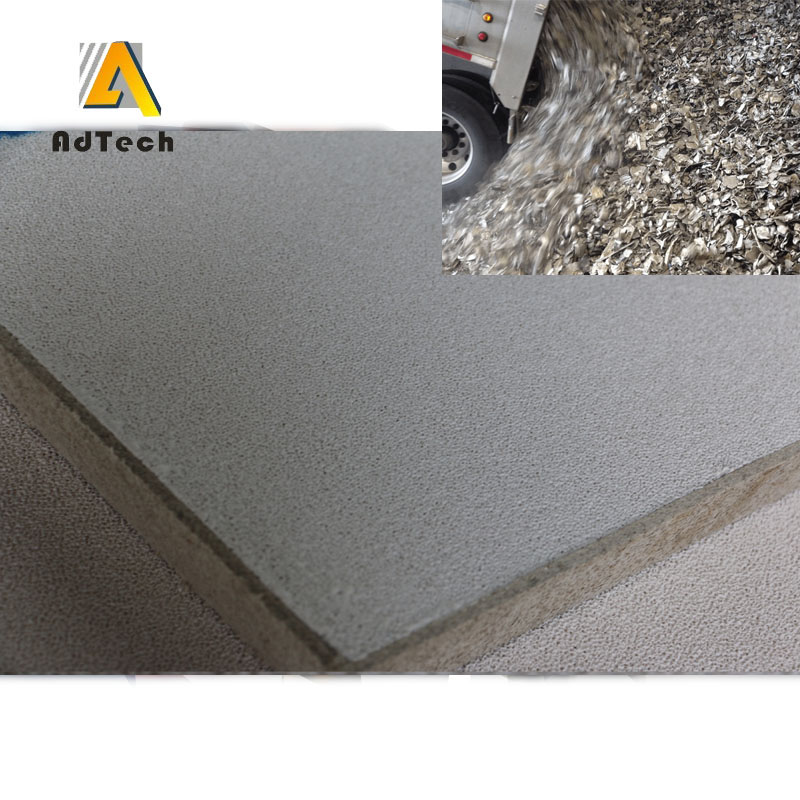
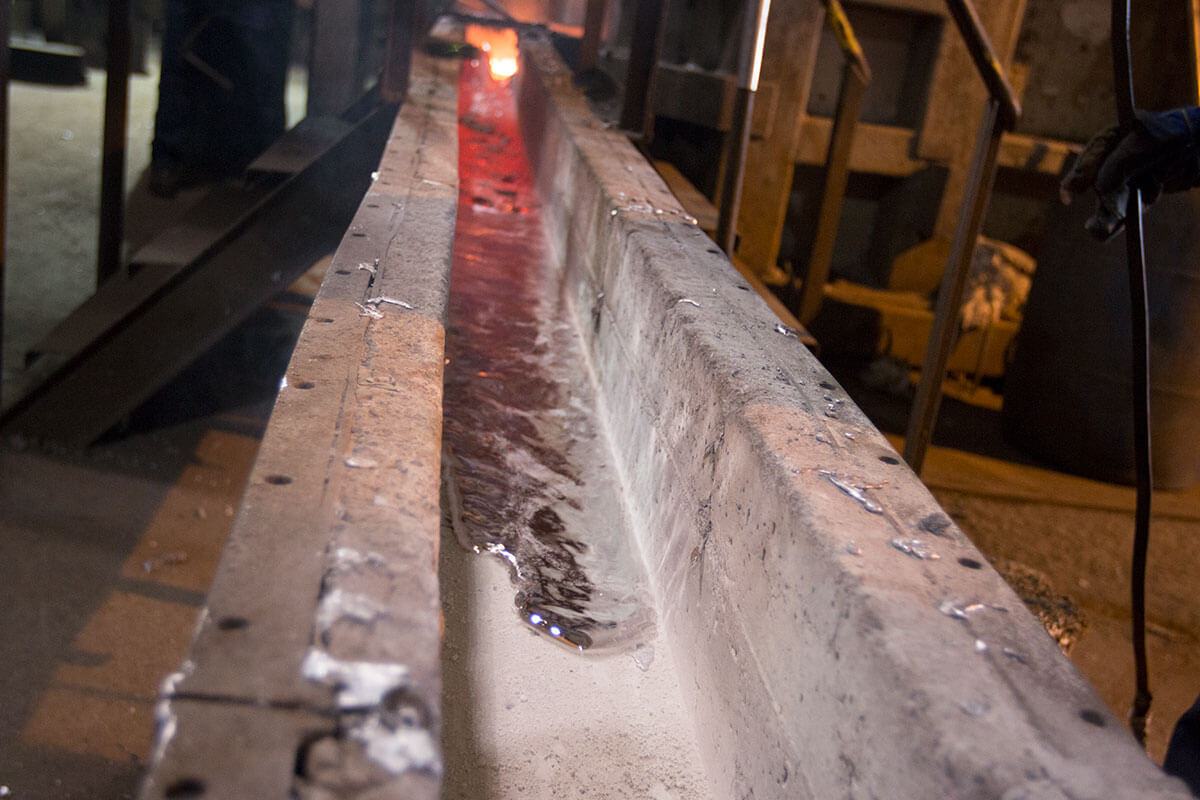
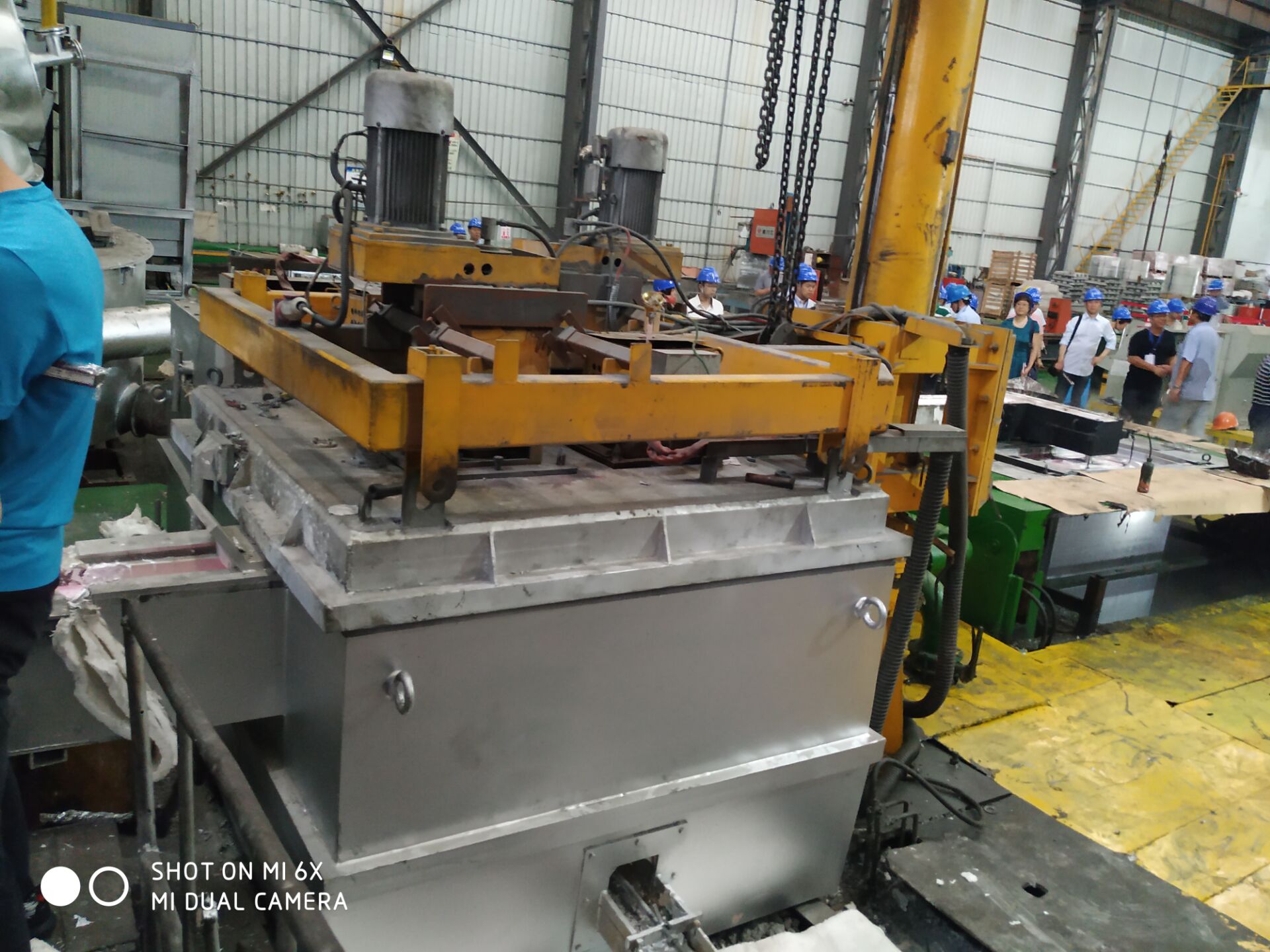
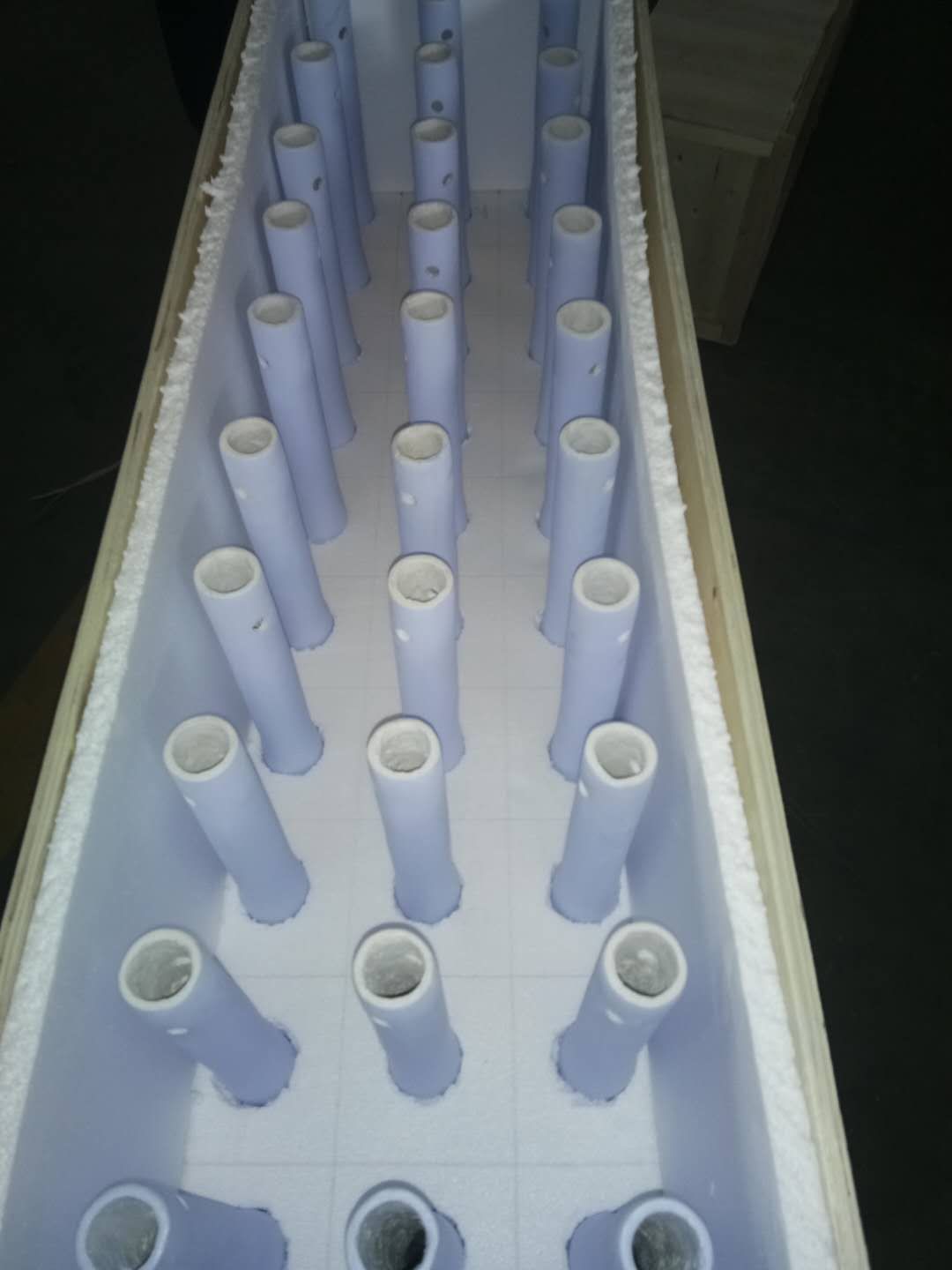
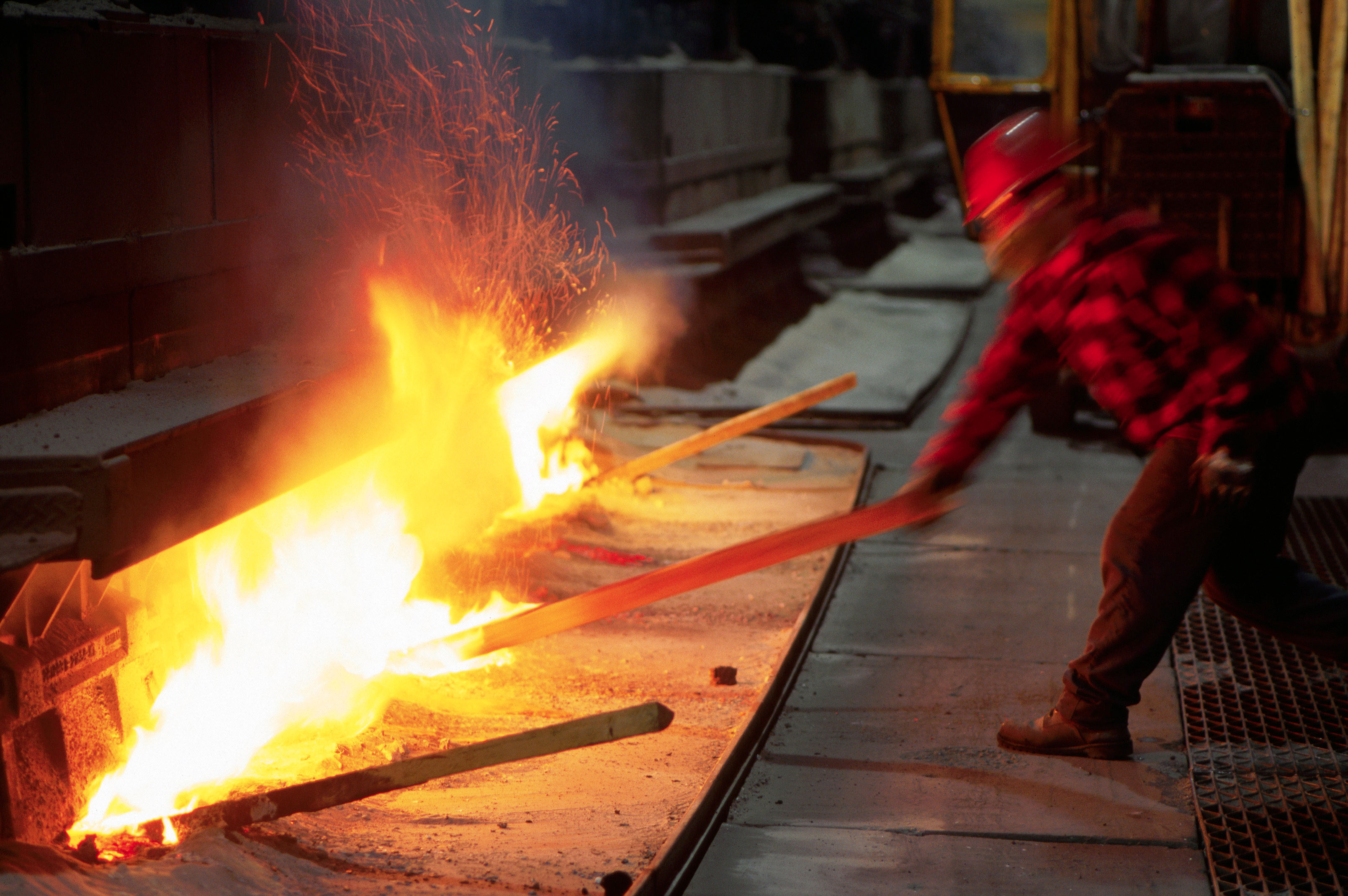
Sorry, the comment form is closed at this time.